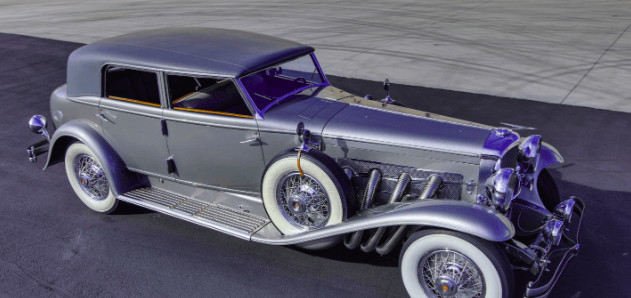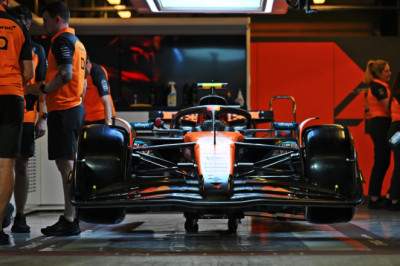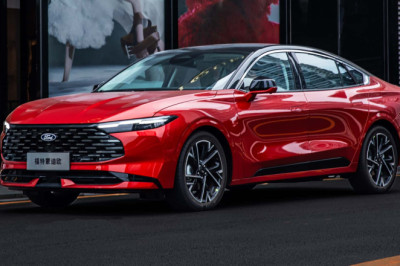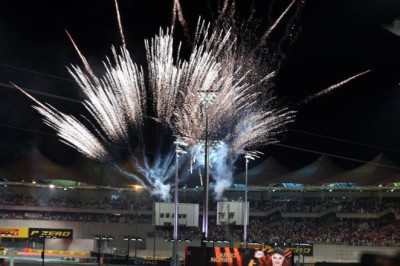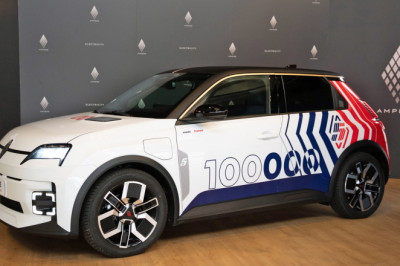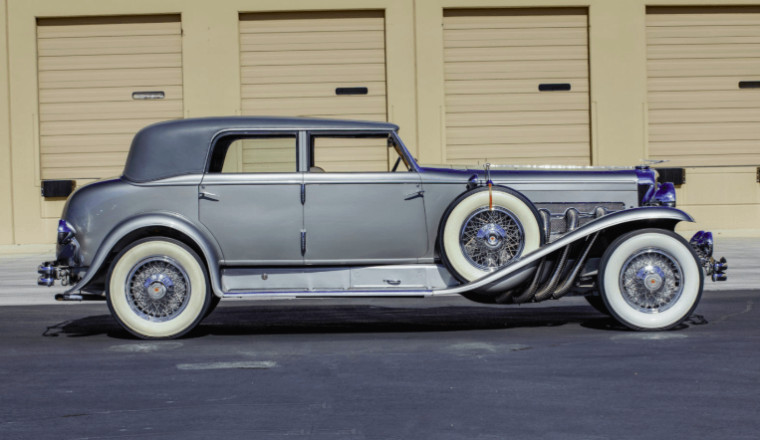
Like many early car makers, the Duesenberg brothers started with bicycles. Fred was a bike racer and worked for Thomas Jeffery, who made Rambler bicycles in Wisconsin. Later, he returned to Iowa, where he and Augie set up a garage and designed a two-cylinder car. It caught the attention of a local lawyer named Mason, who invested in it. This led to the Mason Motor Car Company in Des Moines, and later Waterloo. But in 1909, the brothers sold their stake to washing machine maker F.L. Maytag so they could focus on racing cars.
Their talent didn’t just stay with their company; it helped shape other early American automakers. Their four-cylinder walking-beam engine, made by Rochester, was used by several brands. Many top racers of the time—like Eddie Rickenbacker, Rex Mays, and Jimmy Murphy—drove Duesenbergs. From 1913 onwards, seventy Duesenberg cars competed in fifteen straight Indianapolis 500 races, with 32 finishing in the top ten.
Fred was a master of engine design and an early user of supercharging and reliable engineering. Their engines were powerful, smooth, and well-crafted, rivaling the best European makers. In 1921, Jimmy Murphy won the French Grand Prix at Le Mans driving a Duesenberg—the first car with hydraulic brakes in a Grand Prix. The next year at Indianapolis, Duesenberg engines dominated the top positions.
During World War I, Duesenberg Motors built the Bugatti U-16 aero engine. After the war, they turned to building the Model A, which had a single overhead-cam inline eight engine. The company eventually moved to Indianapolis and continued developing a supercharged straight-eight engine for racing.
Fred was a highly creative designer, coming up with many different and innovative engines and cars over 25 years. His work was unmatched by others in the field.
In 1926, E.L. Cord bought the struggling Duesenberg company to add prestige to his growing automotive empire, which included Auburn and Lycoming. The Model A became known as a refined alternative to the Pierce-Arrow, offering advanced features like an overhead-cam eight-cylinder engine and four-wheel hydraulic brakes for roughly the same price.
Then came the Model J—a true masterpiece. It had a 420-cubic inch, dual overhead-cam straight-eight engine making 265 horsepower—huge power at the time. Every part was crafted with care and precision. Before adding custom bodywork from the finest coachbuilders, each chassis was tested with a 100-mile high-speed run in Indianapolis to ensure strength and reliability.
The Model J debuted at the New York Auto Salon in December 1928 and caused a sensation. Duesenberg planned to build 500 of them, refining the design for ultimate quality. The first cars were delivered in May 1929, just months before the stock market crash. Even during the Great Depression, owning a Duesenberg symbolized success and luxury. Their ads showed wealthy people in lavish surroundings with simple lines: “He drives a Duesenberg” or “She drives a Duesenberg.”
It was a statement of power and prosperity.
